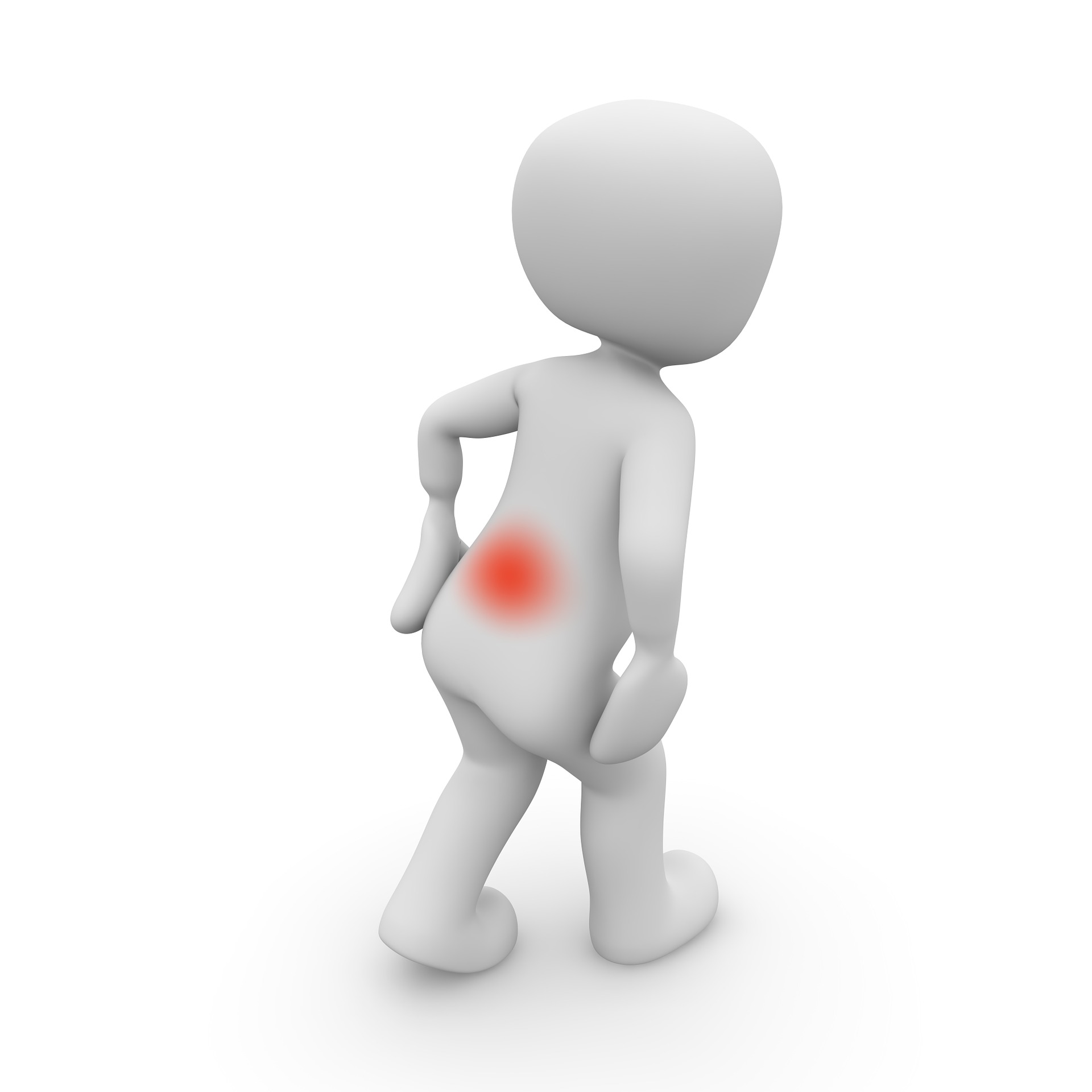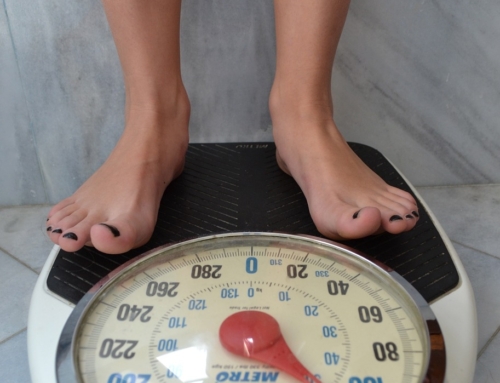We end up with pain for many different reasons and everyone’s pain tolerance is different. What may register as pain for you may be completely different for another person. Weekend warrior type pains are annoying but they resolve and we move on with our lives. Chronic pain, though, is a different story. It is there all the time even though it might be greater or lesser at times, it is still there. We know chronic pain starts affecting our entire bodies including our immune system making it harder to fight off illnesses, raises our blood pressure as well as our heart rate to name a few of the physiological effects. Chronic pain also has significant mental aspects including anxiety, irritability and depression.
What makes it even worse is most of the people with chronic pain aren’t going around complaining about it so you don’t even realize they live their day to day lives hurting. They have accepted that this is what it is and are doing the best they can to push thru so they LOOK normal, but they don’t feel normal. They are hurting not only physically but mentally as well and this often isolates them.
With all of this, it is easy to see how people with chronic pain become desperate for relief. Please READ ON to learn some tools I use for chronic pain that you may not have explored….
First before I jump in, if you are having pain and don’t know the underlying cause then go see a physician and try to figure it out. There are many sources that are fixable especially if you catch it early.
When working with someone with chronic pain I always have to consider the cause. There are some differences for sure but at the end of the day, you are all in pain and often end up in a “cycle” of pain. Allow me to explain. When you have an injury there are receptors that say..ouch and sends out certain chemicals to tell our brain we are in pain (obviously this is a very simplified version of what actually happens but I want you to understand this concept). When the receptors quit firing the pain signal should stop and we know longer receive pain. Picture your finger touching a hot stove. The finger fires the receptor that sends the signal to our brain that says “ouch, HOT” and the brain then sends a signal for you to withdraw your finger. When you withdraw your finger you may still have pain because you burned it but if you caught it in time that pain will resolve quickly and the pain cycle is short lived. In many people with chronic pain the body starts perceiving pain even when the signals aren’t firing as if the finger was never removed from the hot stove even though it was. I hear your next argument… but I have an injury. Of course you do, but the receptors don’t send a pain signal all the time. Your body is truly trying to downregulate that system to help you. What we end up with is a pain cycle that keeps going regardless if you are getting the signal or not. Targeting this cycle often helps reduce the pain. Here are some tools to help target that cycle.
- Raise serotonin. Serotonin is a neurotransmitter that is predominantly made in your gut that usually sends a “happy” signal to your brain. Most people with chronic pain have low serotonin levels. Other symptoms of low serotonin might be sugar cravings, low mood or fatigue. Often, people with low serotonin can sleep for 14 hours and still be tired. Since chronic pain affects the serotonin levels some people respond favorable with the addition of serotonin uptake inhibitors (SSRI). These inhibitors work by putting a stopper in the bathtub to shore up your serotonin levels (the water in the bathtub). However, most of the cases I have worked with aren’t making much serotonin so when you put in the stopper in the bathtub it doesn’t really help. This is why is becomes important to help your body make You can do this several ways using 5HTP or L tryptophan. When you make serotonin the levels will rise and hopefully help your pain cycle. *caution – do not start these products if you are taking a SSRI as you risk overflowing the bathtub and can end up with serious medical emergency
- Acupuncture: this is an ancient method that is often dismissed in traditional medicine. There are actual studies that demonstrate relief from chronic pain in the back, neck, pain from arthritis (often found in the knees) as well as migraines/headaches. Here is a link to find a certified acupuncturist in your area.
- Manual therapy: I have mentioned this before when I was discussing headaches but I have found this technique extraordinarily useful with pain conditions. When we have an injury our body recruits our muscles to help stabilize the area initially but over time it can cause other pain issues because of inappropriate alignment. Manual therapy is a technique which a physical therapist is manually releasing the muscles. This is not a massage or snap crackle pop but a very deliberate and guided treatment. It takes awhile to work so I always tell my patients to give it at least 6 treatments before deciding to move on.
- Tapping: tapping is a tool that most people don’t think of in regard to reducing pain. Tapping works by tapping your fingers on certain pressure points. There are certain sequences you do combining this with words expressing how the pain is affecting you. Most people report a fairly quick reduction in pain after doing a sequence. There are many ways to do this but I wanted to share Nick Ortner’s tapping for pain relief. This can be a very powerful tool because you have complete control over it and can be done anytime and anywhere. Try it!
- Reducing inflammation: With chronic pain there is usually some type of injury involved to nerves, muscles or tissues and these respond with an inflammatory response to try to help heal it. Over time though, these inflammatory responses can contribute to the pain. This is why traditional medicine uses medications like ibuprofen, Mobic and muscle relaxers. We really don’t want to have to use these long-term so here are a few alternatives that can help with the inflammatory response in a chronic situation:
- Curcumin: make sure this is high quality. They are all a little different so if one doesn’t help then try another one. I like UltraCur, Meriva or Curcuplex.
- Ig26 by Xymogen: Ig26 is an interesting product that I have used in many inflammatory conditions. It acts as an immunoglobulin which does a multitude of tasks. I have had patients reduce their pain, improve their sports performance as well as boost their immune system with this product. I tell my patients you have to take this at least 4-6 weeks to see if it will work for you so don’t expect immediate results. It comes in a powder or capsules.
- Vitalzyme XE: this product is a special enzyme formula that can be very useful especially when swelling or scar tissue is involved. Again, results are slow so it must be taken for several months to start noticing an effect in some instances.
- CBD/THC: I am going to tread lightly here. CBD can help with pain in so many instances and since it does not have the THC component I say go for it! THC is a different story. Yes, it can help with pain and can do a tremendous job so if you are down to the point of having to choose an opioid or THC, I would say try the THC. For the rest of you, try other things first because when we have receptors in the brain for substances there is a huge risk of addiction. This is one of the reasons the opioid crisis is such a problem – we have opioid receptors just like we have cannabinoid receptors. And, these are both made from a plant….. I’m not saying to not use it but because we really don’t have long term studies on this I would rather this be a last resort or a temporary tool.
There are many more supplements and techniques to help with chronic pain. Don’t give up and keep looking and trying different ones. I would also encourage you to reach out for help with a counselor because when you just bury all of your feelings it comes out with more pain.
To your health,
Laura









